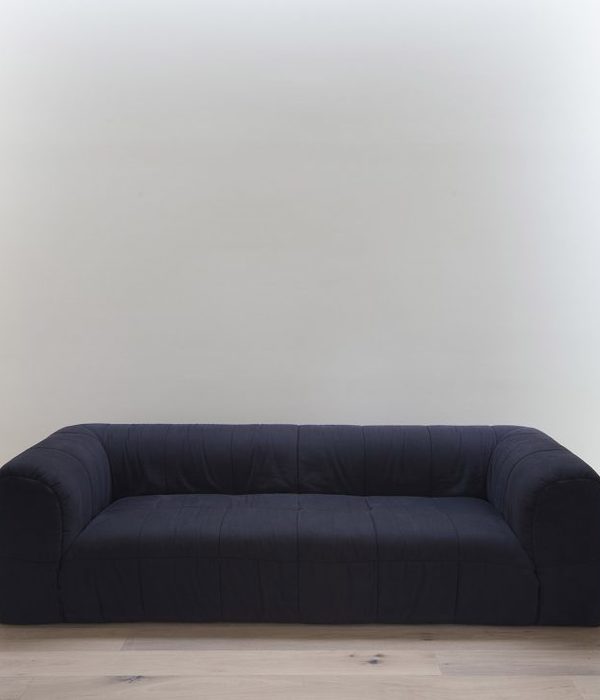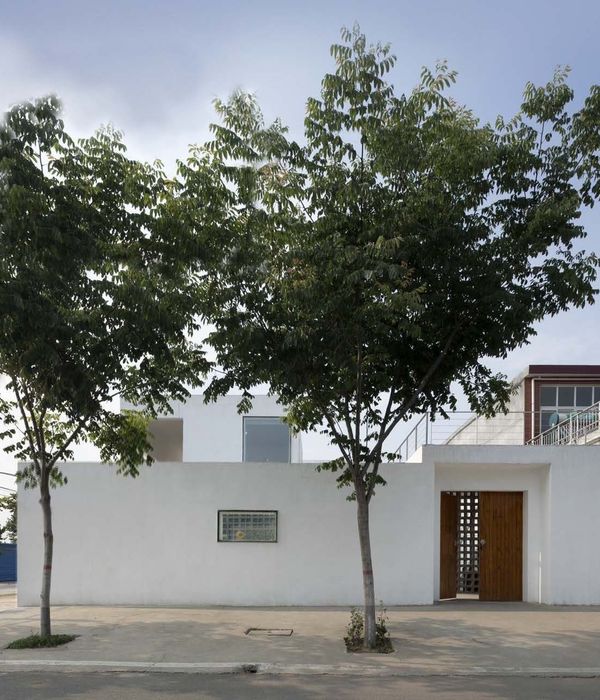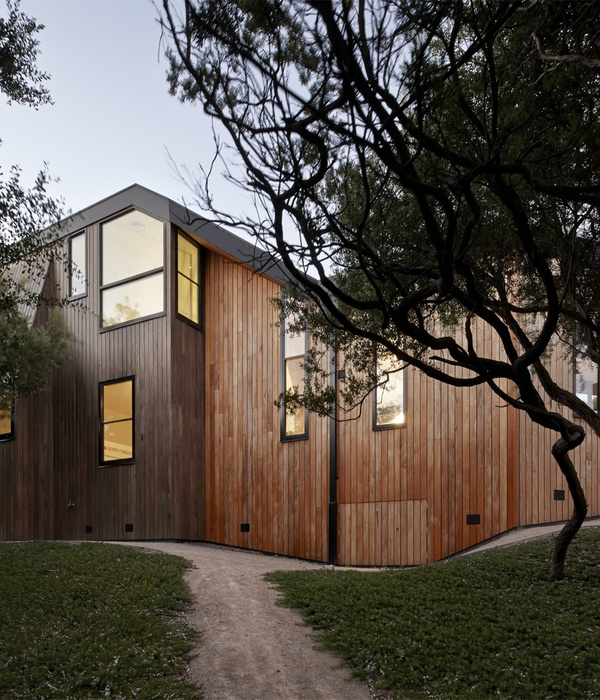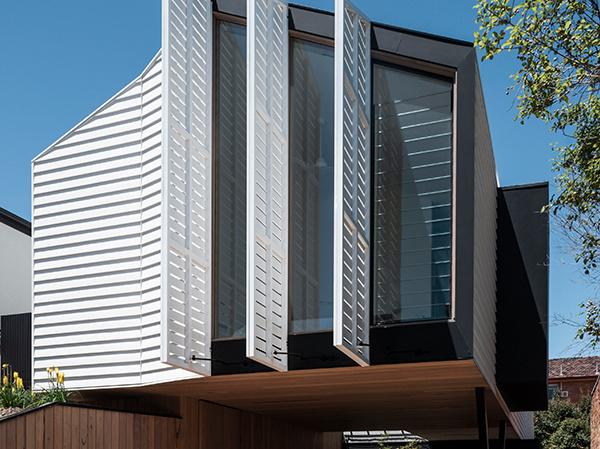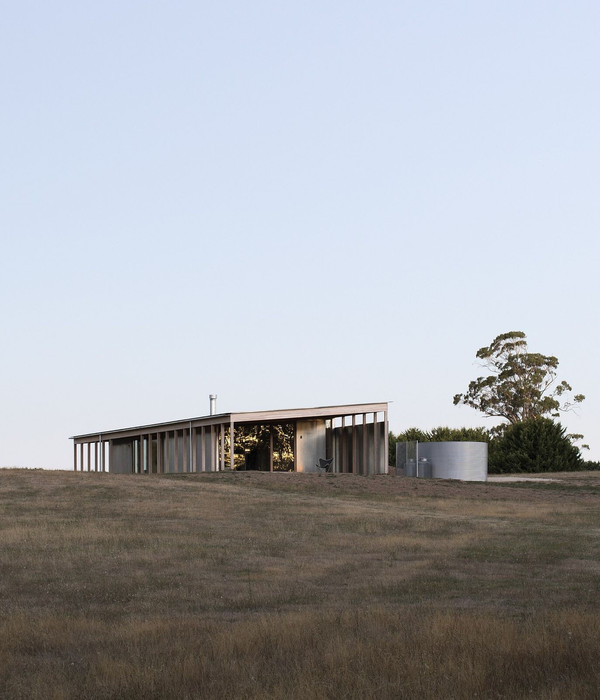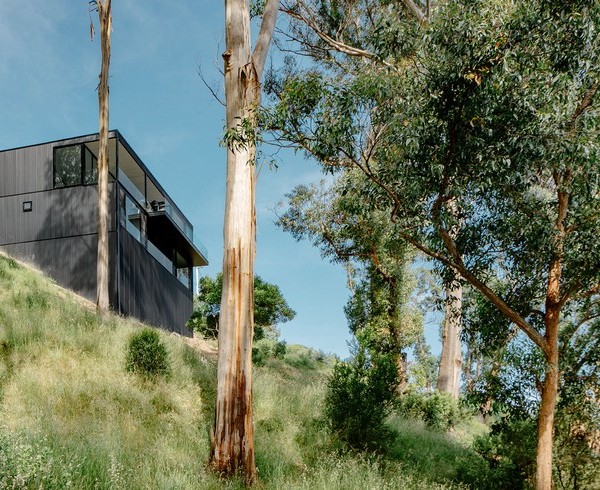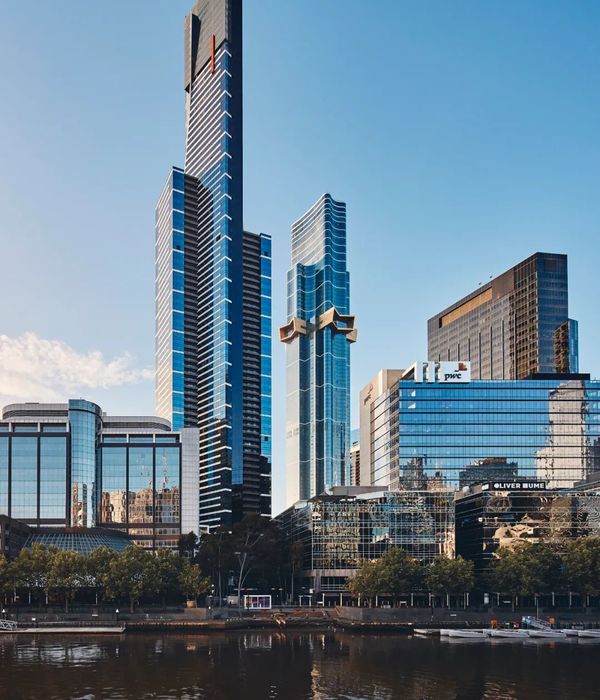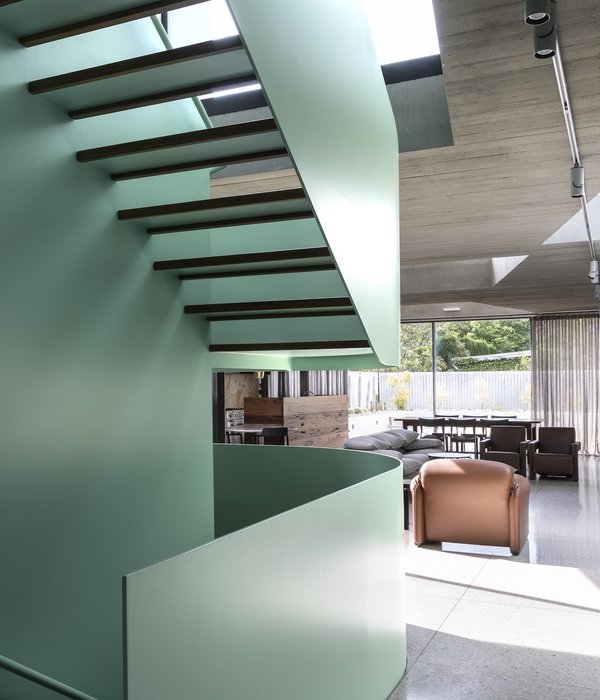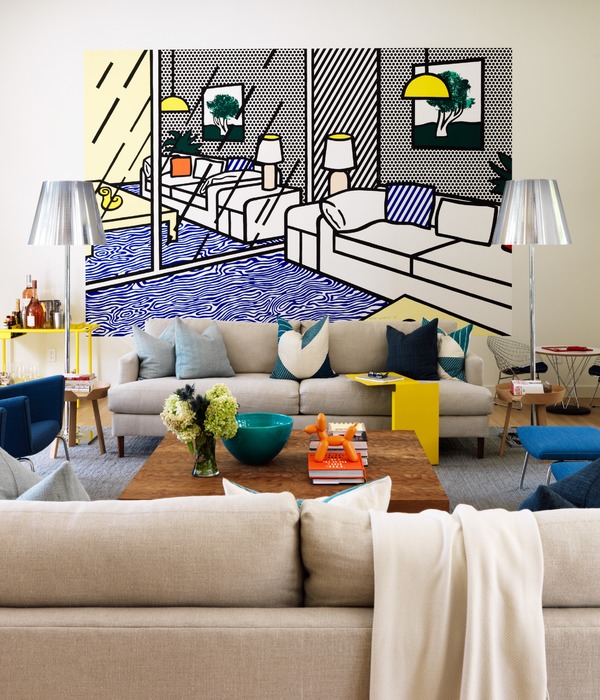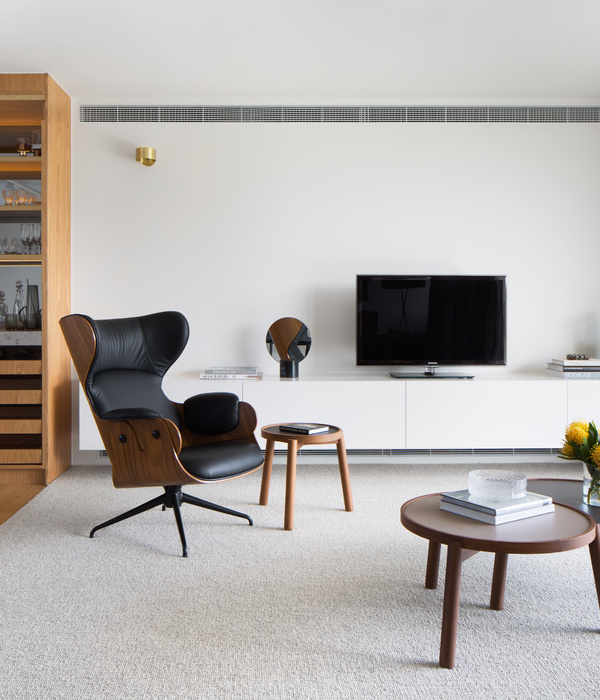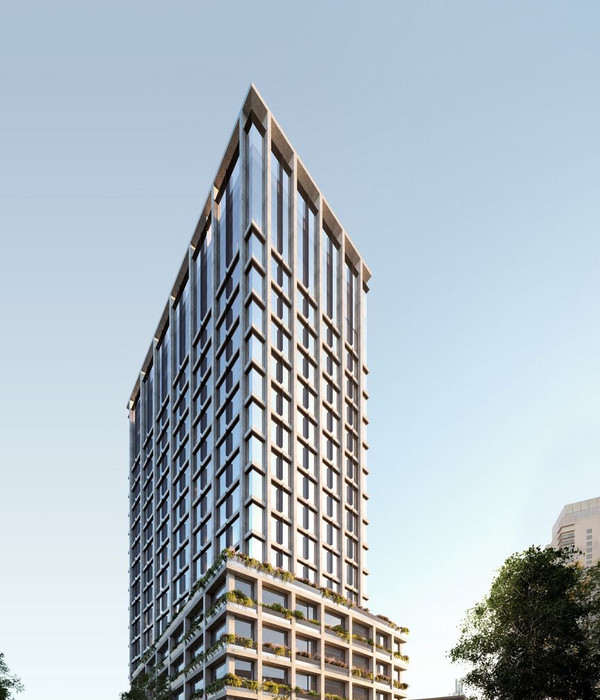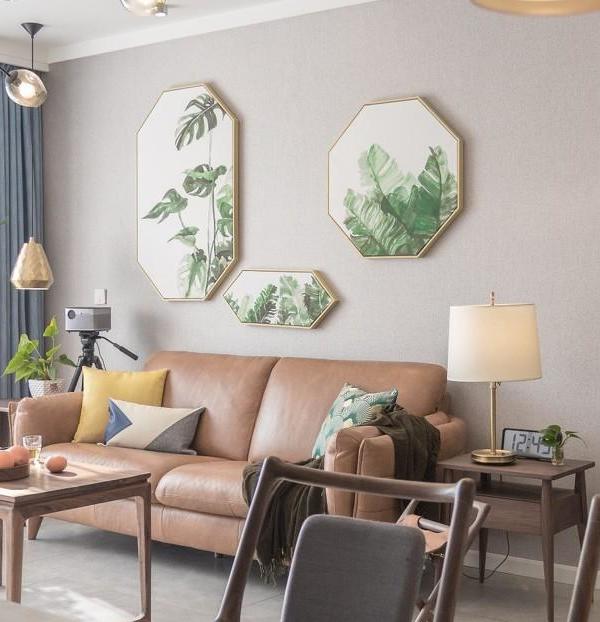Snitterton Hall is a Grade I listed building of outstanding national architectural and historical importance. The client commissioned us to design a contemporary swimming pool - for its location we advised the site of a former glass-house within an orchard and productive-garden to the east of the hall. Archaeological fragments of a mid-18th to early-19th century glasshouse adjacent to the grade II listed curtilage wall presented the unique opportunity for reinstatement allowing a contemporary design which functions as a hot house for cultivation as well as an entrance to a subterranean pool below.
The curtilage walls were in poor condition and required significant intervention and repairs. Each masonry component (including medieval fragments) were tagged, recorded and carefully dismantled for meticulous reinstatement. The reconstructed wall allowed the integration of the pool structure and services, and formed a key visual and historic element of the finished pool. A 2582m3 subterranean-structure was excavated and constructed utilizing reinforced waterproof concrete further protected with external tanking. To prevent flotation the structure was tied to the geological strata with 30 piles.
The design maximised the use of passive solar energy through the glasshouse and a low level glass roof which mimicked ‘growing-frames’. Energy efficient, pool ventilation strategy was adopted incorporating two air source heat pumps powered and assisted by BIPV glass/glass laminates encapsulating Photovoltaic cells set within the low level roof located directly above the main pool area. The air source heat pumps provided heating to the air handling plant heating coils, water treatment heat exchanger, hot water storage cylinder. Solar gain is controlled via automatic blind installation to the glass-house and the photovoltaic cells provide solar shading to the growing-frames glazing. Interior lighting is controlled via daylight/presence detectors in order to reduce usage to a minimum incorporates long life low energy lamps within the main pool area. Externally luminaries incorporate long life low energy LED sources within luminaries having zero upward light output ensuring that light pollution is avoided.
The proposed development allowed the reconstruction of the glasshouse based upon archaeological evidence, and used both as a productive hot-house and an entry to the subterranean pool. The development of the site brings into productive use an area remote from the house that required enhancement, whilst allowing the pool building to be non-impactive within its historic setting.
The project was shortlisted for the RIBA East Midlands Awards.
{{item.text_origin}}

